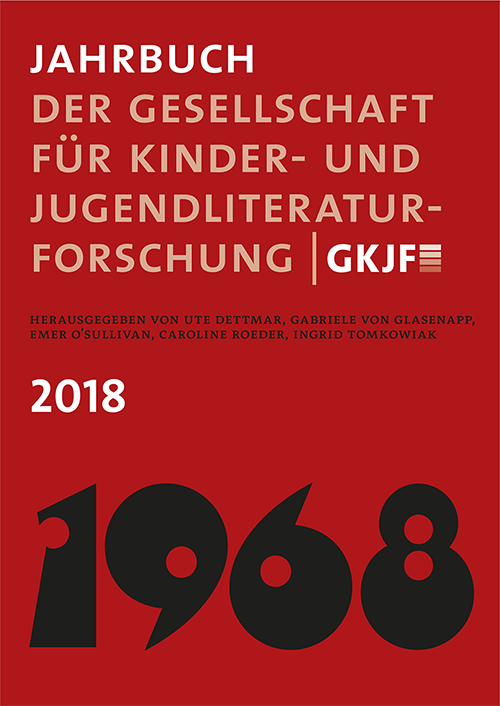Crossover
Mehrfachadressierung als Sprache intermedialer Popularität
DOI:
https://doi.org/10.21248/gkjf-jb.30Abstract
Artikelbeginn:
[English title and abstract below]
Twilight, Tintenherz, The Hunger Games und – auch 20 Jahre nach Erstpublikation des ersten Bandes ist an ihm kein Vorbeikommen – Harry Potter: Wir kennen sie alle, die großen kommerziellen Erfolge der Literaturbranche der Gegenwart. Seit dem durchschlagenden Erfolg von J. K. Rowlings Romanserie um den Zauberlehrling ist der Markt geradezu überschwemmt von seriellen Erzählungen, die im öffentlichen Diskurs als Fantasyerzählungen wahrgenommen beziehungsweise beschrieben werden. Deren Popularität dokumentieren seit nunmehr 20 Jahren in Deutschland die Jahresbestsellerlisten des Spiegel.
Crossover
Multiple Address as a Language of Intermedial Popularity
This article deals with multiple address in crossover literature and media. It focusses on the structures and strategies of multiple address, and contrasts that concept with ›double address‹ and other related terms. The concept of multiple address, and therefore of cross-over literature and media, can be properly comprehended only when analysed within the context of literary market strategies and the use of the term in public discourse. This article gives a number of examples from literature and audiovisual media, which establish multiple address as a prolific concept for literary and media studies. With the help of this concept a group of texts and other media which has emerged and developed since the late nineteenth century is rendered visible and can be identified as a distinct genre of fiction. This article therefore responds to and contradicts the common view that multiple address and crossover are synonymous with fantasy and merely catchphrases of publishers and distributors.
Downloads
Veröffentlicht
Ausgabe
Rubrik
Lizenz
Copyright (c) 2021 Jahrbuch der Gesellschaft für Kinder- und Jugendliteraturforschung

Dieses Werk steht unter der Lizenz Creative Commons Namensnennung - Nicht-kommerziell 4.0 International.





